Embroidery on canvas is suitable for beginner needlewomen, because it is much easier to do the work thanks to the squares on the canvas. Experienced craftswomen try more complex embroidery methods, for example, embroidery on linen - such works look neater than a picture on a checkered canvas.
Advantages of Embroidery on Linen
Embroidery on linen is difficult for those who have little experience in working with plain canvas. But it is worth learning how to create paintings on evenweave. Linen has an advantage over other types of fabric for embroidery - the appearance of the finished image.
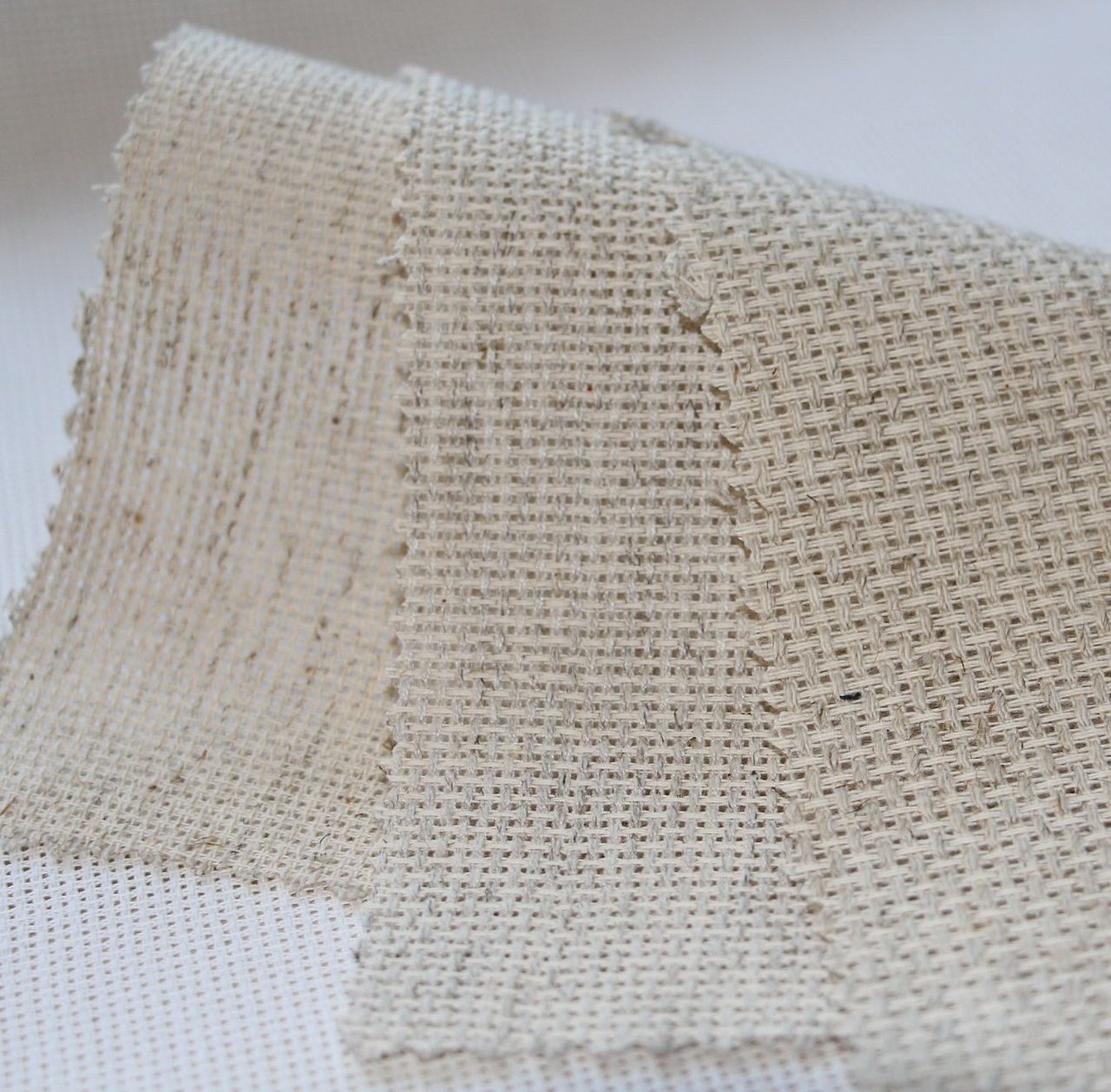
Embroidery master classes are conducted by experienced craftswomen. But the secret of high-quality work lies not only in the author's skill, but also in the material, because images on thick linen look more natural, more beautiful. They are perceived as a single whole. The transitions of tones are not striking, and the crosses do not stand out.

Stem and other stitches on linen also look advantageous. This is an additional opportunity to show imagination and combine different directions in embroidery.
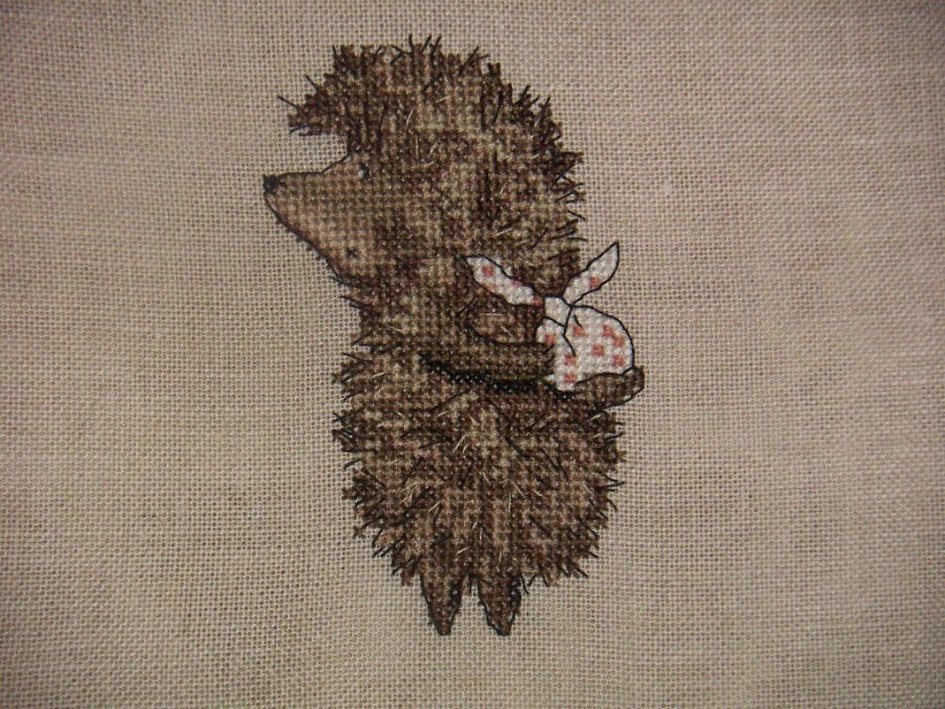
The main drawback of a simple white canvas is that the places where there are no crosses are clearly visible. Depending on the number, the holes are more or less visible. They also stretch over time when stretched in a frame and on a hoop. The picture takes on an unaesthetic appearance.
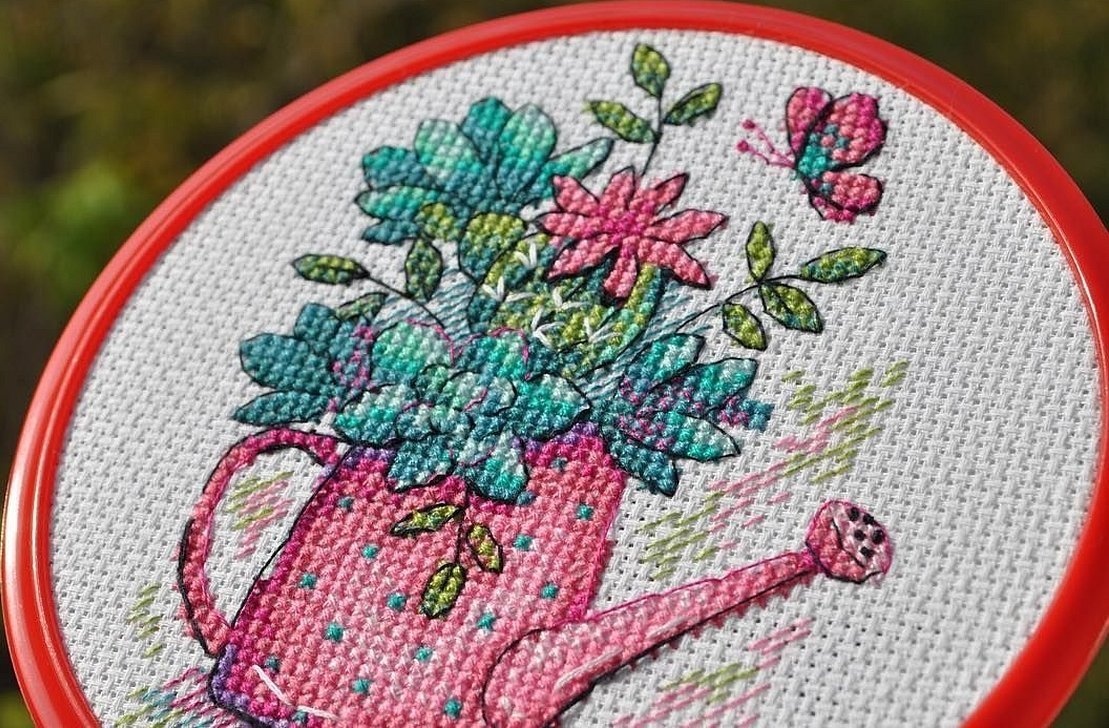
How to cross stitch on linen
Beginners do not understand how to cross stitch on linen, because the holes for the needle are not visible. In fact, the entire canvas consists of solid squares, if you look closely. You just need to count them.
To work, you need to prepare all the necessary tools:
- The organizer is a convenient place to store all other tools used by the needlewoman. It helps not to lose anything.
- Hoops - linen can also be embroidered on hoops or without them. In this case, the fabric is easier to stretch.
- A punch is a tool made of wood or metal that is used to make holes.
- Scissors - specially for fabric and thread.
- Needles - the numbers used correspond to the type of linen fabric.
- A centimeter for more precise calculations.
- Marker for short-term marking.
- Thimble - for finger safety.
- A stitch guide for giving embroidery a neat appearance.
- Wax or conditioner for thread treatment.
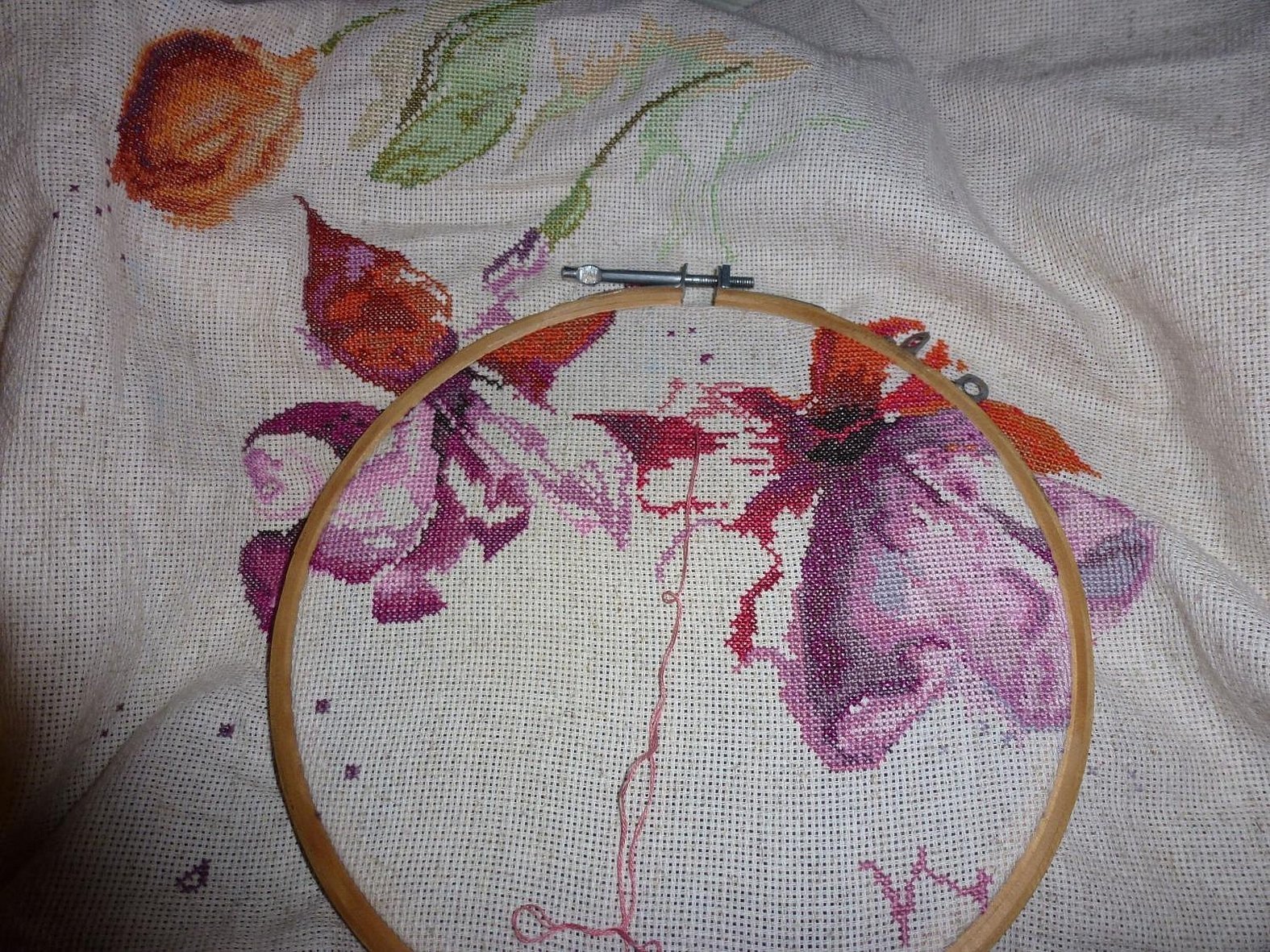
The embroidered picture will look better if you remember the general tips when working with linen:
- The needle numbers should correspond to the type of fabric. It is recommended to take needles 26-28.
- To make sewing easier, the fabric needs to be stretched a little.
- It's easier to work with tapestry stitch.
- To avoid defects, take the same number of threads in width and length.
- It is recommended to make markings with contrasting threads.
- When embroidering with linen, stitches can be aligned with the tip of a needle.
- When removing the needle from the fabric, you need to make a half turn in the opposite direction from the twist of the thread.
- Linen is washed before embroidery, as it tends to shrink.
- Iron the material while it is still damp after washing.
Please note! Ironing looks most neat and attractive on linen.
Linen fabric has a denser arrangement of holes. Because of this, it is difficult to calculate where to stick the needle. It is recommended to find out the exact fabric number. And at the very beginning of training, take a ready-made set, where the calculation principle is indicated. You can compare linen with Aida, for a more accurate explanation. The size of the cross through 2 threads of linen canvas will be equal to the size of the cross on Aida.

How to make a cross:
- Fasten the thread on the wrong side.
- Bring the needle out to the lower left corner.
- Move the needle diagonally. Insert it through one hole in the upper right corner. The thread covers 2 threads of the canvas.
- From the wrong side again through 2 threads to the lower right corner.
- Go to the upper left corner.
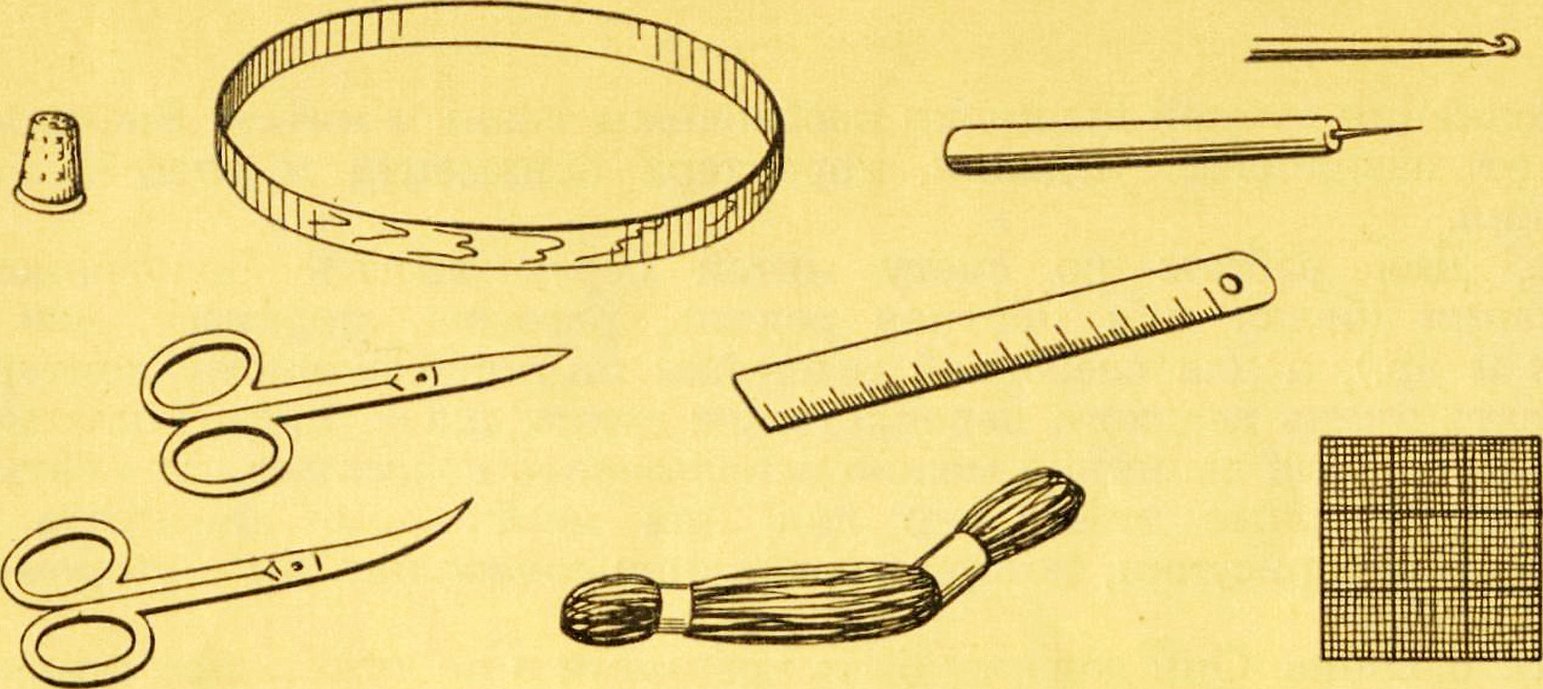
A beginner craftswoman can make a mistake because the squares are too small. But it is easier to make fractional crosses on linen. The disadvantage of this fabric is that when using a hoop and stretching it into a frame, it deforms. Problems also arise when marking. A needlewoman can use a disappearing marker for marking, but there is a 90% chance that the fabric will be ruined, since an indent of just 1 thread will harm the entire work. Therefore, it is strongly recommended to mark the squares on the canvas with bright thin sewing threads. Use a forward stitch. As for the embroidery process itself, it is similar. You should start working after marking from the very center.

What is better to choose: linen or Aida fabric
Cross stitching on linen and Aida fabric is noticeably different. There are differences between the process and the result. Beginners will especially notice this.
When should you choose Aida:
- If the skill level is still low, there is not enough practice. It is not recommended to start with complex techniques right away. Natural linen fabric is expensive. It is easy to ruin when embroidering.
- If the embroidery becomes a picture. In this case, there is nothing wrong with dividing the canvas into squares. The unfilled areas will not be noticeable.
- If your eyesight is failing. In case of problems with your eyes, it is much easier to embroider on Aida. You don’t have to strain yourself to count the squares.
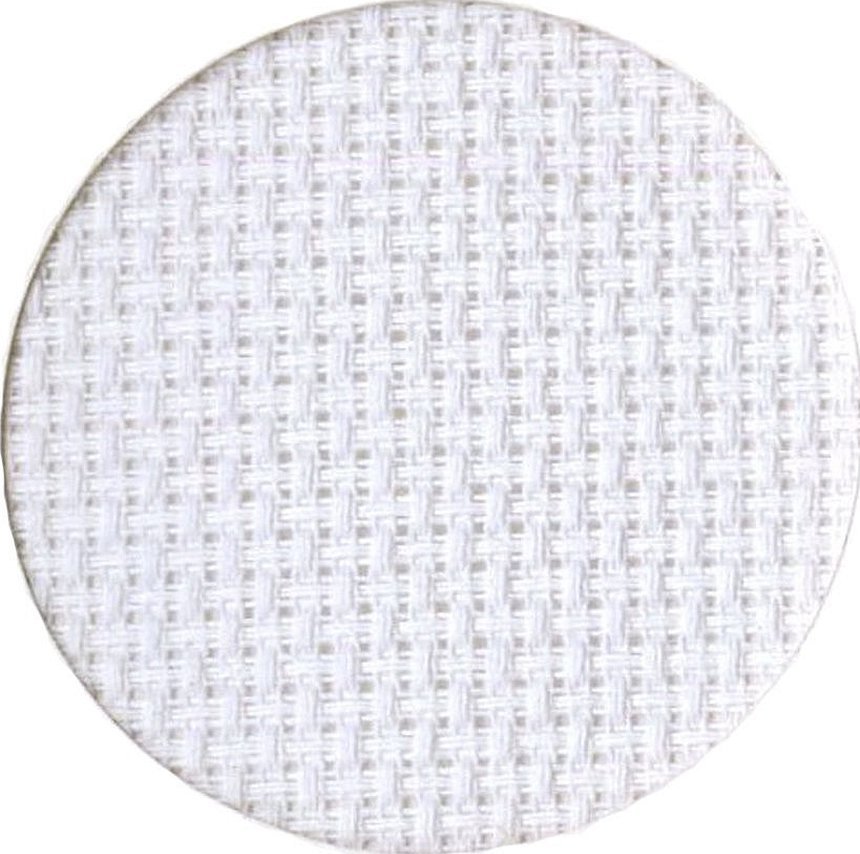
When choosing linen if you want to embroider:
- If you have practical skills and patience, creating paintings on linen is a real skill.
- If you need to embroider a pattern on a future napkin, clothing, bed linen, etc. A picture embroidered on linen fabric looks neater and more natural.
- If you need to combine several embroidery techniques at once, it is recommended to choose linen.
Important! Linen fabric, like canvas, also comes in different sizes and types.
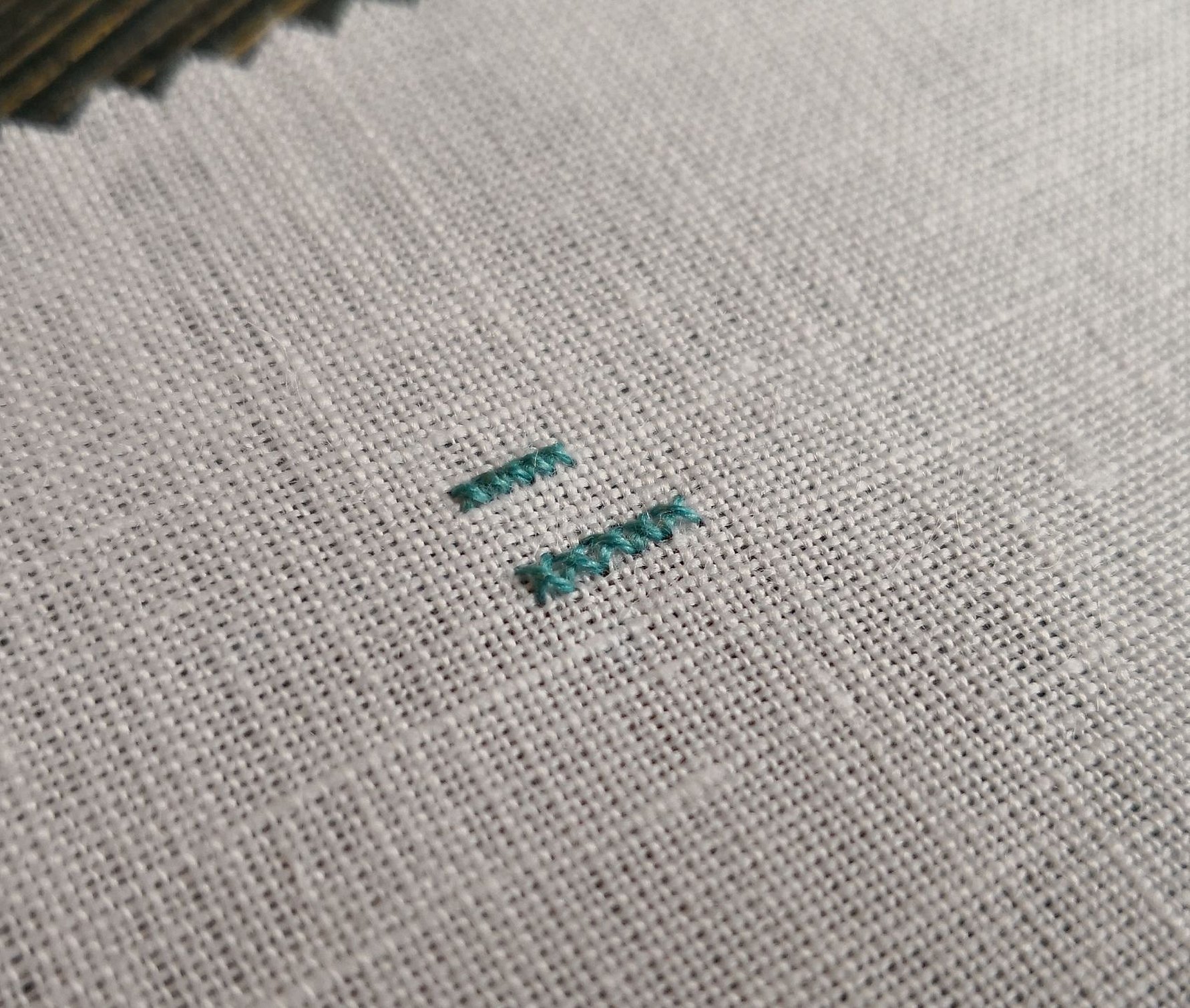
Aida canvas is sold in most embroidery kits. It can be purchased together with the "Openwork" pattern. There are different types of material - soft and hard, like starched. There is painted canvas, with patterns. And also with pre-marked squares. There are different numbers that indicate the number of crosses per 10 centimeters. Therefore, you can find a canvas for every taste. Aida often contains 100% cotton. This is the most popular fabric among needlewomen. Manufacturers give it preference when assembling high-quality kits.
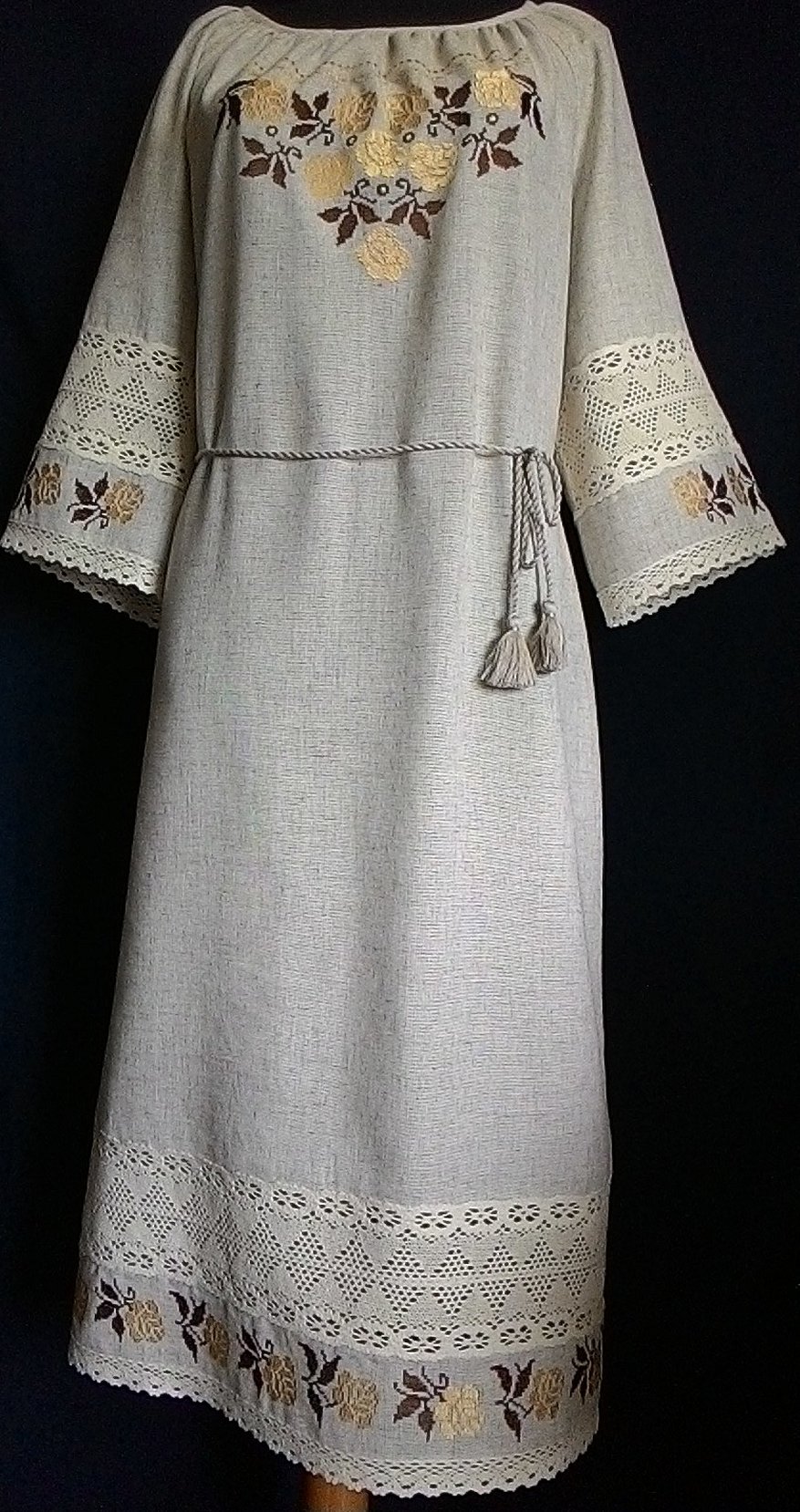
If you want to embroider according to a pattern on linen, you need to understand the types of linen fabrics. There is special embroidery linen and options from different manufacturers.
Tips for choosing:
- Cork is a fabric with a weave of 18 threads per inch. The interval is used every other thread.
- Dublin - 25 threads per inch. It is recommended to choose it if you plan to embroider with floss using 2-3 threads.
- Cough - 28 threads per inch. The densest fabric on which you can depict a picture with a large number of details. The fabric comes in different colors and shades.
- Edinburgh - contains 36 threads per inch. Ideal for creating a blouse, decorating a collar or cuff. The fabric is most popular with needlewomen who like to use different types of embroidery.
- New Castle - 40 threads per inch. The fabric is popular with icon embroiderers. Recommended for fine work.
Important! Grass on linen is often embroidered with shiny artificial silk threads.
Embroidery on linen is popular among experienced needlewomen. It requires accuracy, a lot of practice and patience. There are several types of fabric that differ in density and are suitable for icons, clothing or paintings. The image looks more elegant, neat and realistic due to the density of the crosses.




